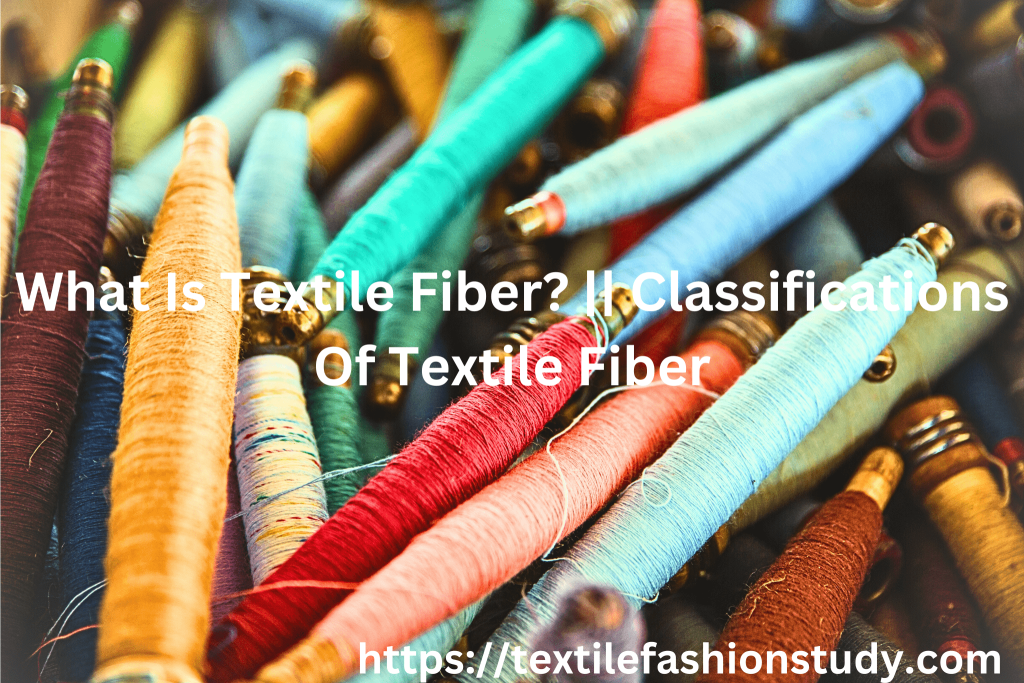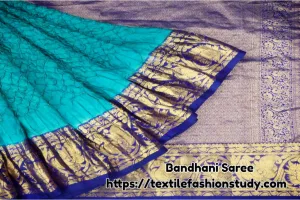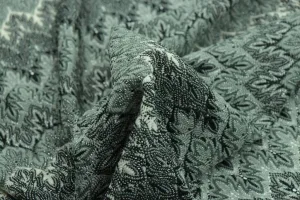Table of Contents
What Is Textile Fiber?
In the textile arena, fiber is an equally important raw material to produce various types of textile finished products. A fiber that can be spun into yarn or processed into textile such as woven fabric, knit fabric, lace, felt, non-woven, etc by means of an appropriate interlacing method is called a textile fiber.
A textile fiber should have at least 5 mm in length then it will be spin-able and it must be supple, flexible, and strong enough. Other properties such as elasticity, fineness, uniformity, durability, luster, and crimp should have a textile fiber more or less.
Classification of Textile Fiber
There are various types of fiber in the market but all do not have the same characteristics. Besides, the characteristics of the fiber differ depending on the source from which it is produced. Generally, fibers are classified into main types: natural fiber synthetic fiber, manmade fiber, and artificial fiber. Now I would like to illustrate the classification of textile fiber below.

Natural Fiber
Therefore, natural fiber is that which produce naturally. When the source of origin could be a vegetable, animal, or mineral.
Vegetable Origin:
- Bast Fibers: Jute, Flax, Ramie, and Hemp
- Leaf Fibers: Sisal, Abaca (Manila Hemp)
- Seed and Fruits Fibers: cotton, coir
Animal Origin:
- Wool and Hair Fiber
- Silk and other Filaments
- Alpaca
- Angora
- Camel Hair
- Cashmere Fiber
- Vicuna
- Mohair Fiber
Mineral Origin: Asbestos
Synthetic Fibers/Manmade Fibers/Artificial Fibers
Synthetic fibers are basically formed by the polymerization of various monomers. When a man makes this type of fiber so it defines as man-made fiber or synthetic fiber. The following is the classification of synthetic fibers. They are-
Natural Polymer Based:
- Cellulosic Based: Rayon, Bambo, Acetate, Triacetate, Lyocell (Tencel)
- Protein Based: Azion, Soy silk
- Aliginate Rubber
- Starch: Polylactic Acid (PLA)
Synthetic Polymer Based
Different synthetic polymer-based synthetic fibers such as polyamide, Polyvinyl Derivatives: PVA, PTFE, Polyvinylidene dinitrate, Polystyrene, Polyolefines, Polyurethanes: Elastomer, etc. The following are the common synthetic polymer-based synthetic fiber. They are-
- Aramid
- Acrylic
- Anidex
- Fluorocarbon
- Lastrile
- Modacrylic
- Nylon 6
- Nylon 6.6
- Nytril
- Olefin
- PVI
- Polyester
- Saran
- Spandex
- Sulfar
- Vinal
- Vinyon
- Miscellaneous
Refractory: Metal, Glass
Basically, textile fibers are two types natural fiber and another is synthetic fiber or manmade fiber, or artificial fiber. However, sometimes it can be classified based on source, polymer, botanical, zoological, chemical name, utility, fibers thermoplasticity as well as their ability to moisture absorbency. Depending on that, textile fiber can be also classified as follows. They are-
- Fiber sources: Natural or Man-made Fiber.
- Polymer source: Natural or synthetic and organic or inorganic.
- Name formation: Vegetable fibers, Zoological name: Animal fibers, Chemical name: Man-made fiber.
- Utility of fibers: Major textile fibers, Minor textile fibers.
- Thermoplasticity of fibers: Thermoplastic fiber, Non-thermoplastic fiber.
- Ability to moisture absorbency: Hydrophilic fibers, hydrophobic fibers.
In sum, different methods apply to process textile fibers. When all textile fibers contain their own characteristics. Identically, we can identify the fiber type by different testing procedures. Also, we should know the physical and chemical properties of different fibers.
Above all, natural and synthetic fibers have lots of differences that assist to identify them. textile fiber and its products are daily friends of humans none can not live without this. the choice of the consumer differs from one to another. The manufacturers of textile garments are focused on the properties of fiber. To determine the specific fiber ones needs to know the properties of the fiber because all fibers are not the same in properties. So, select your desired one on the basis of the demand of the consumer.






29 comments
Mashhur
I am always fan of your articles. Your article is small but very informative.
Dr. Amir Islam
The spelling of many words in American English are different than that of British English. The meaning is same. It is true for textile words.
Examples:
Fiber : American
Fibre: British
Fill : American
Weft: British
Heddle: American
Heald: British
Color: American
Colour: British
Reactive dyes
I like the valuable information you provide in your articles. Thanks for sharing
Mohammad Mahedi Hasan
Excellent post, I hope it will helpful to me in real life. Thanks. Update it more
Reactive dyes
Nice One Article Thanks For Sharing
raj
Nice and wonderfull information , amazing post thank for sharing
BD Apparel
Very nice.
We are also in fashion industry, a renowned garment manufacturer.
Textile Apex
This a very well ranked article.
Nice post as well.
This sites contains a lot of quality articles.
Thanks for your efforts.
Mobasher
Both can be used
kasmita
fibre
Md. Hasan Ali
both are correct
Textile School
Read further, a complete list of textile fibers can be found here.
Tanim
Both of 2 name is correct.
Fiber which is use in British & Fibre which is use Latin american
Nyasha
it depends on which english your are using, British English says “colour” and american english says “color” Fiber and fibre are both correct
Pravin parmar
Both spelling are correct
Jakir
I am vary happy because you can vary understand for me.
PRADYUMNA N SINGH
IN BRITISH ENGLISH IT’S FIBRE AND IN AMERICAN ENGLISH IT’S FIBER.
PRADYUMNA N SINGH
IN BRITISH ENGLISH IT IS FIBRE AND IN AMERICAN ENGLISH IT’S FIBER.
mandresh chauhan
I am textile engineer
freddy
is a good aricle
tanvir hossain
I am textile engineer
vivek pathak
Right ? both spelling are correct
Jainendra Kumar Jain
Both spellings are correct. Fibre in British English and Fiber in American English.
mohamed karimullah
fibre or fiber both spellings are correct and same meaning
Mano Zahid
Both spellings are correct.
Mian Muhammad Mansha
I am Textile Engineer. I like such material to study.
Ezenwadiugwu Blessing
Am a textile Engineering student too. Can we be friends?
Shivam Shukla
I want to know right spelling of fibre.
amit
both fiber and fibre are correct……u can use both..